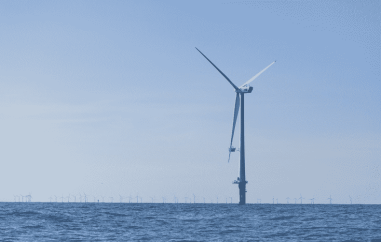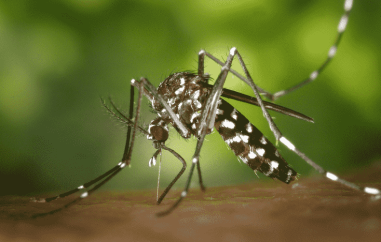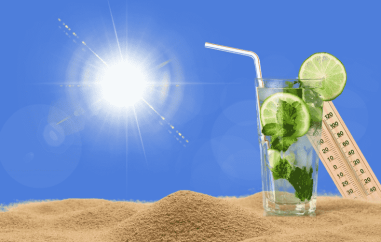Climate change threatens the Arctic ozone layer
Climate change is not only causing increasing warming of the Earth, it is also evidently causing increased depletion of the ozone layer over the Arctic. This is despite the global ban on the use of chlorofluorocarbons (CFCs) since 1987, according to an analysis of data measured in the Arctic during the year-long expedition of the German research vessel Polarstern from 2019 to 2020. "Our measurements show that the chemical ozone loss over the Arctic last spring was greater than ever before," says expedition leader Markus Rex of the Alfred Wegener Institute (AWI) in Bremerhaven and head of the MOSAiC expedition.At an altitude where ozone concentration is at a maximum, around 95 percent of the triatomic oxygen molecules had been destroyed. The thickness of the ozone layer, which absorbs high-energy ultraviolet radiation and protects life on Earth, had thus been reduced by more than half. A comprehensive analysis of the data has now revealed that this development is also a result of the high levels of carbon dioxide in the atmosphere. While the greenhouse gas warms the lower layers of the air, the atmosphere cools correspondingly more at an altitude of 15 to 50 kilometers.
Low temperatures release chlorine and bromine
Temperatures in the north polar region naturally drop particularly sharply during the winter months, when the Arctic polar vortex, a stable low-pressure area in the stratosphere, determines weather patterns. If temperatures drop low enough, chlorine and bromine, which had reached the upper layers of the air with the CFCs and are bound to harmless substances there, are released and destroy the ozone.This effect is sometimes stronger, sometimes weaker, depending on the winter. However, current analyses show a significant trend toward ever lower temperatures in the Arctic stratosphere during the winter months. This has been correlated with increasing greenhouse gas emissions, particularly carbon dioxide, in recent decades. An increasing loss of ozone in the upper atmosphere is the result, according to Rex's researchers.
Until now, it has been disputed whether the winters in the Arctic are actually getting colder and colder, which could accelerate the depletion of the ozone layer. The measurements of the MOSAiC expedition now provide clear evidence for this. Computer calculations show that the recurring ozone depletion could continue until the end of the century if CO? emissions are not drastically reduced. Climate change is also affecting prevailing wind systems because of decreasing temperature differences between the tropics and the Arctic as the Earth warms. The researchers assume that this also contributes to lower temperatures in the polar vortex.Since the polar vortex also drifts towards Europe time and again - as it did this spring - a diminishing ozone layer could also have consequences for our latitudes. According to the AWI researchers, higher UV radiation could lead to more sunburns and increase the risk of skin cancer. The Polarstern spent a year in the Arctic pack ice. Frozen in an ice floe, she drifted towards the North Pole.
Image by Jeyaratnam Caniceus









































